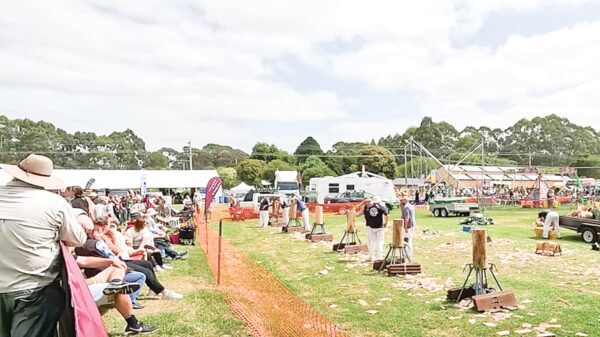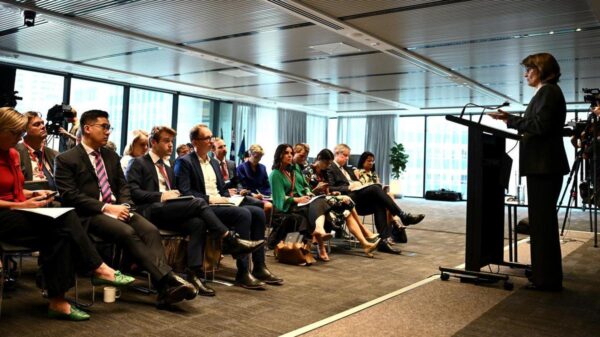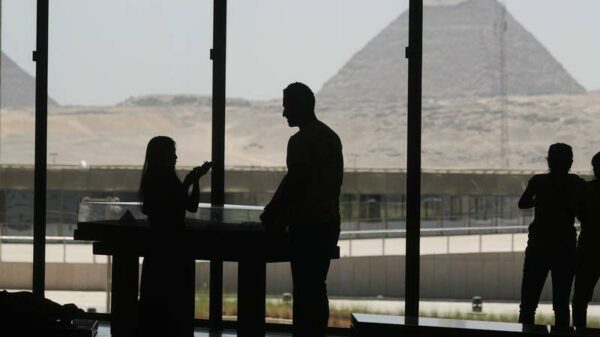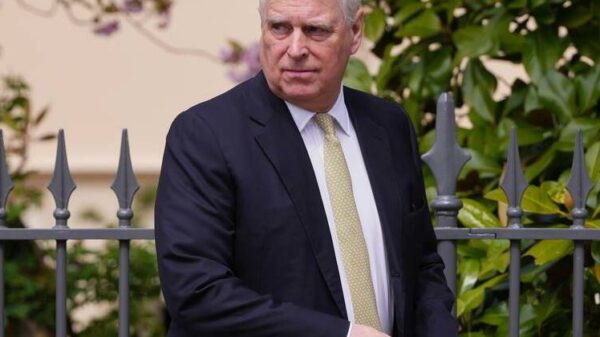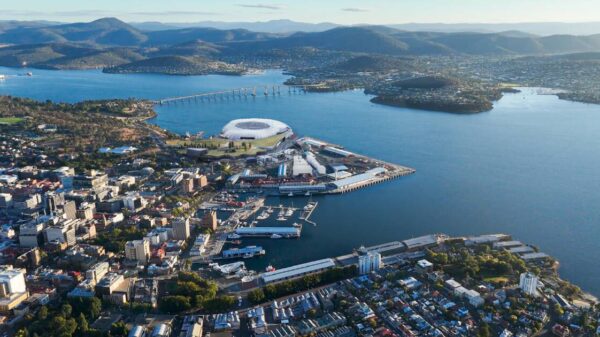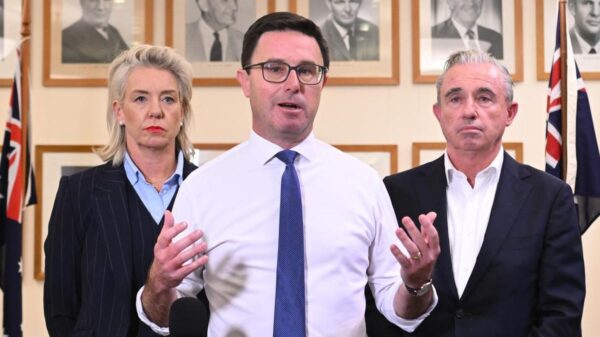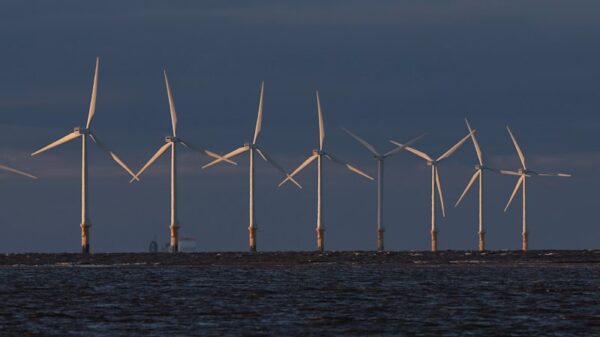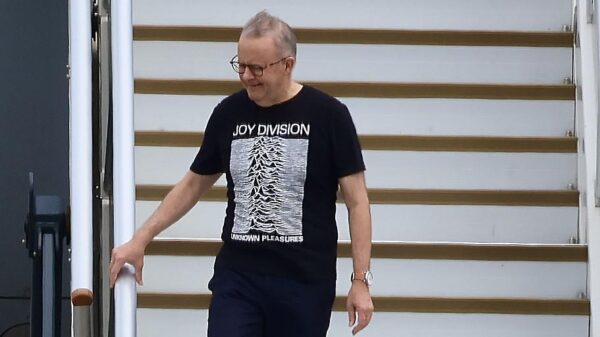The SolutionsWon Group (SWG), under the leadership of Managing Director Dean Coleman, has unveiled a proposal for Mac Point 2.0, designed to replace the existing Mac Point 1.0 stadium plan currently being reviewed by parliament. This new initiative aims to address not only the need for a stadium but also significant issues related to health and housing in Tasmania.
During an interview with Craig Thomson, editor of the Examiner, Coleman expressed frustration over the government’s commitment to the 1.0 proposal, which he believes lacks thorough evaluation. He argued that just as one would compare multiple vehicle models before purchase, the same approach should apply to public infrastructure projects like a stadium. “If number one is better than ours from an independent analysis, we’ll take our bat and ball and go home,” Coleman stated, emphasizing the importance of a comprehensive assessment.
The Mac Point 2.0 proposal is framed as a multipurpose precinct that seeks to tackle pressing issues in Tasmania. Coleman highlighted the need for improved health services, affordable housing, and the preservation of local heritage sites, such as the RSL and the Cenotaph. He noted that many residents support the idea of having a football team, but they are concerned about the financial implications of a new stadium. SWG aims to ensure that the project is financially viable without imposing additional taxes on the Tasmanian public.
One of the key features of the proposal is the public-private partnership model, which Coleman argues would allow Tasmanians to effectively own the stadium from the outset. This framework would defer costs until the project is completed, potentially saving the government significant working capital. The proposal includes plans for a substantial expansion of health services, particularly in the Accident and Emergency department at the Royal Hobart Hospital, addressing critical gaps in healthcare following the closure of the Hobart Private Hospital.
Mac Point 2.0’s financial structure estimates contributions from several sources: $15 million from the AFL, $240 million from the Federal Government, and $375 million from the State Government. Coleman noted that the state funding has been reduced to $347.5 million due to previous expenditures. He explained that the private equity investment required for the project is considerably higher than that of the 1.0 proposal, which he believes will ultimately benefit Tasmanians by avoiding a $500 million tax burden.
The proposal also boasts enhanced operational features. While the 1.0 plan includes only 12 corporate boxes, the Mac Point 2.0 design includes 72 corporate boxes, which can double as hotel rooms during off-peak times. This innovative approach is expected to generate significant income throughout the year, in addition to plans for 2,550 car parks, expanding to 5,500 as part of the Private Hospital and Hotel development.
Coleman addressed concerns regarding the potential for cost overruns and delays, common in large-scale projects. He assured that the consortium, led by Capella Capital, a financial entity with substantial resources, would manage the project effectively. The state government is only obligated to release funds once the project reaches practical completion, ensuring that taxpayers are not left with an unfinished stadium.
To manage construction challenges, Coleman highlighted the involvement of a logistics expert who has significant experience in the field. The project aims to minimize costs by utilizing local resources effectively. For instance, barges from the Bridgewater Bridge project would transport materials, significantly reducing the environmental impact and logistical complications associated with traditional transport methods.
The financial viability of the project hinges on the revenue generated from the precinct, including residential apartments and commercial developments. With plans for 75,000 square meters of apartments expected to yield $150 million in revenue, the project is designed to attract private developers and ensure economic sustainability.
To garner support from key stakeholders, including parliamentarians, Coleman and his team presented their case to the Tasmanian Chamber of Commerce and Industry (TCCI). They addressed concerns regarding fiscal implications associated with the 1.0 proposal and demonstrated how Mac Point 2.0 not only meets but exceeds the compliance criteria set by the Tasmanian Planning Commission (TPC).
As Coleman concluded, the goal is to create a project that benefits Tasmania holistically, ensuring a robust football industry and a competitive team without compromising the state’s financial health. The Mac Point 2.0 initiative represents a forward-thinking approach to urban development, aiming to integrate sports, health, and community needs into a single coherent vision.

